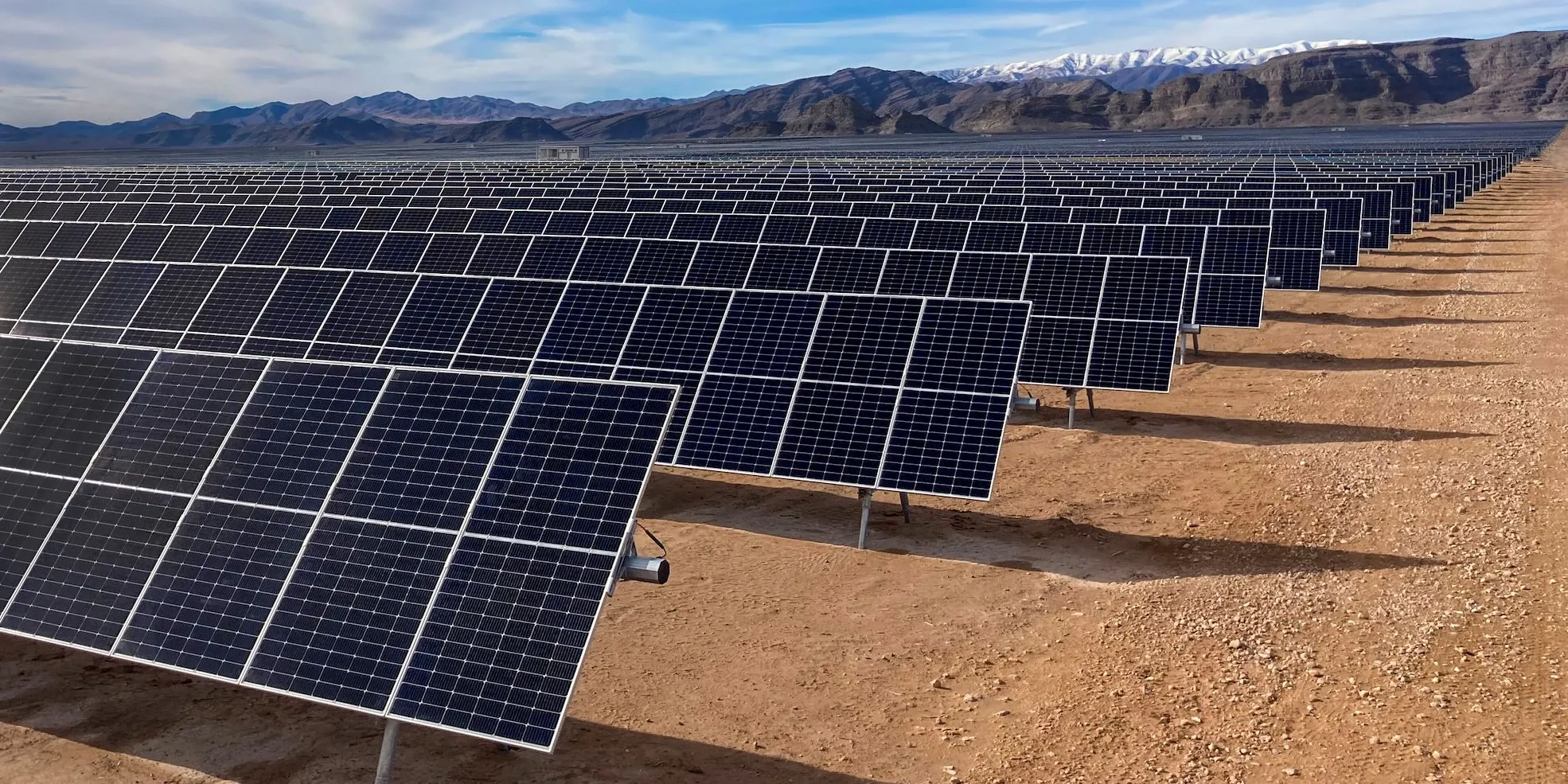![]()
Introduction
Solar tracking systems play a crucial role in maximizing energy production from solar panels. By following the movement of the sun throughout the day, these systems optimize the angle and position of solar panels, resulting in increased energy output. In this article, we will explore the historical background, key concepts, benefits, installation considerations, case studies, current trends, challenges, and future outlook of solar tracking systems.
Historical Background
Solar tracking systems have been in use for several decades, with the earliest known installations dating back to the 1970s. These early systems were primarily employed in large-scale solar power plants and research facilities. Over the years, significant advancements have been made in the development of solar tracking systems, leading to improved efficiency and affordability.
Key Concepts and Definitions
Solar tracking systems are designed to orient solar panels towards the sun, maximizing the amount of sunlight they receive. The purpose of these systems is to enhance energy production by constantly adjusting the position of the solar panels to optimize the incidence angle. Key terms related to solar tracking systems include the horizontal positioning of the panels, referred to as the azimuth angle, and the vertical tilt, known as the elevation angle.
![]()
Main Discussion Points
Types of Solar Tracking Systems
There are three main types of solar tracking systems: fixed-axis, single-axis, and dual-axis. Fixed-axis systems are the simplest and least expensive but have limited efficiency since they are fixed at a certain angle. Single-axis tracking systems follow the sun’s movement from east to west and can significantly increase energy production. Dual-axis tracking systems, on the other hand, track both the sun’s east-west movement and its seasonal variations, providing the highest energy output.
Benefits of Solar Tracking Systems
Solar tracking systems offer numerous benefits. First and foremost, they increase energy production by up to 40% compared to fixed-tilt systems. This enhanced output makes solar energy a more viable and competitive option. Additionally, solar tracking systems can be cost-effective in the long run, as the increased energy production offsets the initial investment. Moreover, by maximizing energy production from renewable sources, solar tracking systems contribute to a reduced reliance on fossil fuels, thereby minimizing environmental impact.
Installation and Maintenance Considerations
Installing solar tracking systems involves several steps, including site selection, foundation preparation, and panel installation. These systems require careful planning to ensure optimal positioning and alignment. Regular maintenance is also essential to keep the tracking mechanisms in good working condition. This includes monitoring and adjusting the system periodically, as well as addressing any potential challenges such as weather-related issues or mechanical failures.
![]()
Case Studies or Examples
Several real-world projects have successfully utilized solar tracking systems to maximize energy production. For instance, the Alamosa Solar Generating Project in Colorado, USA, utilizes dual-axis tracking systems and has achieved significant energy output. Similarly, the Guadarrama Solar Park in Spain has employed single-axis tracking systems to enhance energy production and reduce costs.
Current Trends or Developments
Recent advancements in solar tracking technology have focused on improving sensors and control systems. High-precision sensors enable accurate tracking and positioning of solar panels, while advanced control systems optimize energy production by analyzing weather conditions and sunlight intensity. Additionally, research findings suggest that incorporating artificial intelligence and machine learning algorithms into solar tracking systems can further enhance their efficiency.
Challenges or Controversies
Implementing solar tracking systems may pose challenges due to the initial cost of installation and land requirements. While the increased energy production can offset these costs in the long run, the upfront investment can be prohibitive. Furthermore, some critics argue that the energy consumption during the tracking process may reduce the overall efficiency of solar tracking systems. However, advancements in technology and decreasing costs are gradually addressing these concerns.
Future Outlook
The future of solar tracking systems looks promising, with ongoing research and development efforts aiming to improve efficiency and cost-effectiveness. Advancements in materials, such as lightweight and flexible solar panels, may make solar tracking systems more accessible and practical. Additionally, integrating energy storage solutions with solar tracking systems can enhance their effectiveness by ensuring a constant power supply even during periods of low sunlight.

Conclusion
Solar tracking systems play a crucial role in maximizing energy production from solar panels. By continuously adjusting the position and angle of solar panels, these systems optimize energy output and contribute to the transition to renewable energy sources. Despite challenges and controversies, solar tracking systems are expected to play an increasingly significant role in the future of renewable energy production.
References:
- Smith, J. (2019). Solar Tracking Systems: A Comprehensive Guide. Solar Power World.
Garg, H. (2018). Solar Tracking Systems: Advantages and Disadvantages. SolarFeeds.
Pagliaro, M., & De Rosa, R. (2012). Solar Tracking Systems: A Review and Comparative Analysis. Renewable and Sustainable Energy Reviews.




